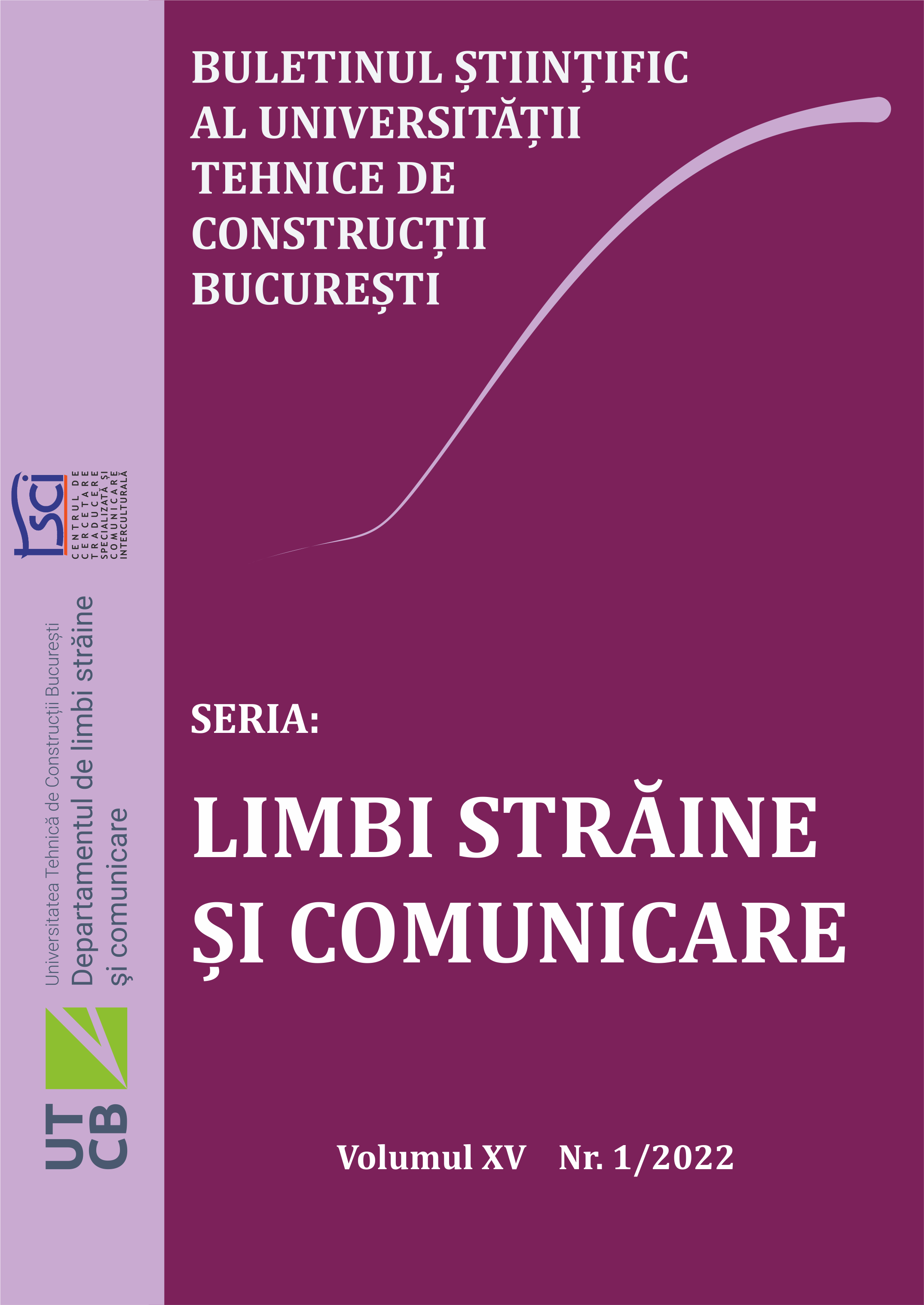THE ROLE OF METONYMY IN SPECIALIZED LANGUAGES
THE ROLE OF METONYMY IN SPECIALIZED LANGUAGES
Author(s): Raluca GhențulescuSubject(s): Social Sciences, Language studies, Language and Literature Studies, Education, Foreign languages learning, Theoretical Linguistics, Applied Linguistics, Philology, Translation Studies
Published by: Editura Conspress
Keywords: terminologization; figures of speech; metaphor; metonymy; translation;
Summary/Abstract: Usually neglected in the technical-scientific language, as they are considered purely literary devices, figures of speech have a huge – and partially still undiscovered – potential to enrich the specialized vocabulary of a language, by creating terms from the already existing words. Together with metaphors and similes, metonymies are very productive resources for term creation (i.e. terminologization) in languages for specific purposes (LSPs), due to the large palette of meanings they can cover, from parts of the body instead of people or animals to cities of origin instead of the objects or materials produced there, from the names of the inventors for the things they have invented to the names of materials for the objects made of them. The purpose of this article is to analyze various ways in which metonymies, just like metaphors, which have been more thoroughly studied, could detach themselves from the label of literary means and prove their usefulness as terminological devices, able to create new, interesting terms, phrases and even idioms in different specialized languages. Moreover, it aims at providing solutions to some translation problems involving metonymies, since, due to their double function of literary devices, endowed with particular connotations, and terminological means, characterized by precision, they are sometimes quite challenging to translate.
- Issue Year: XV/2022
- Issue No: 1
- Page Range: 50-62
- Page Count: 13
- Language: English

